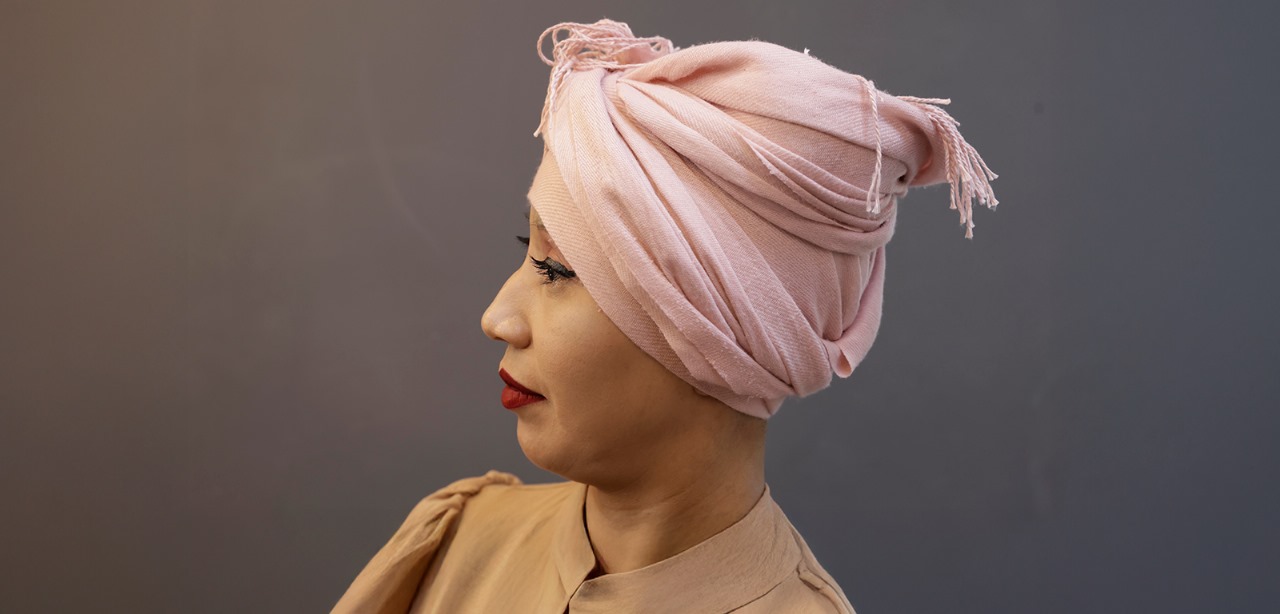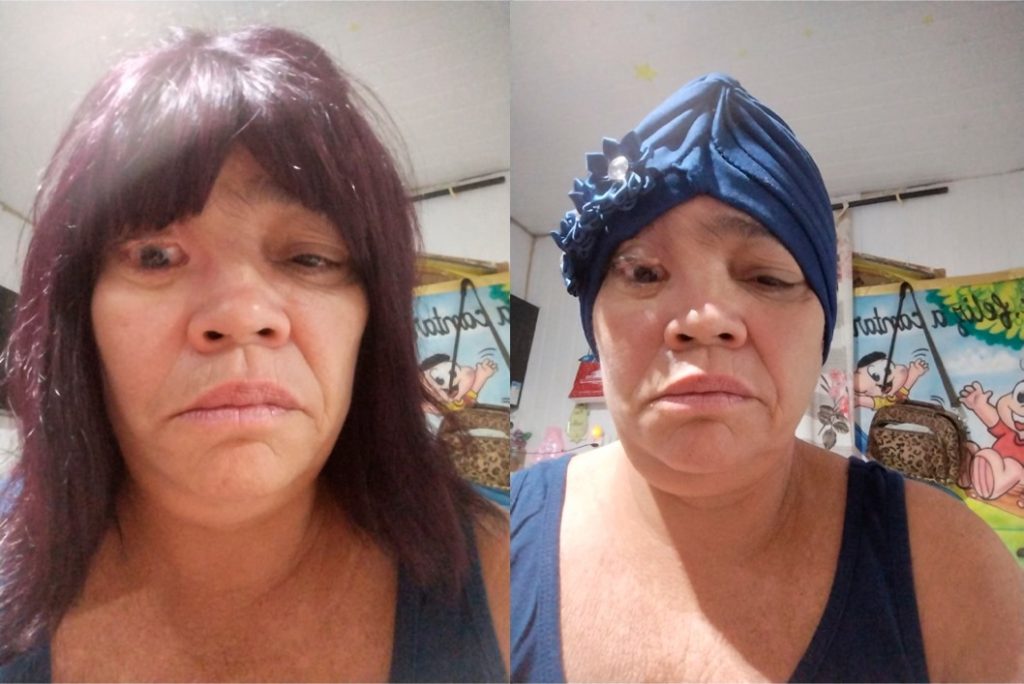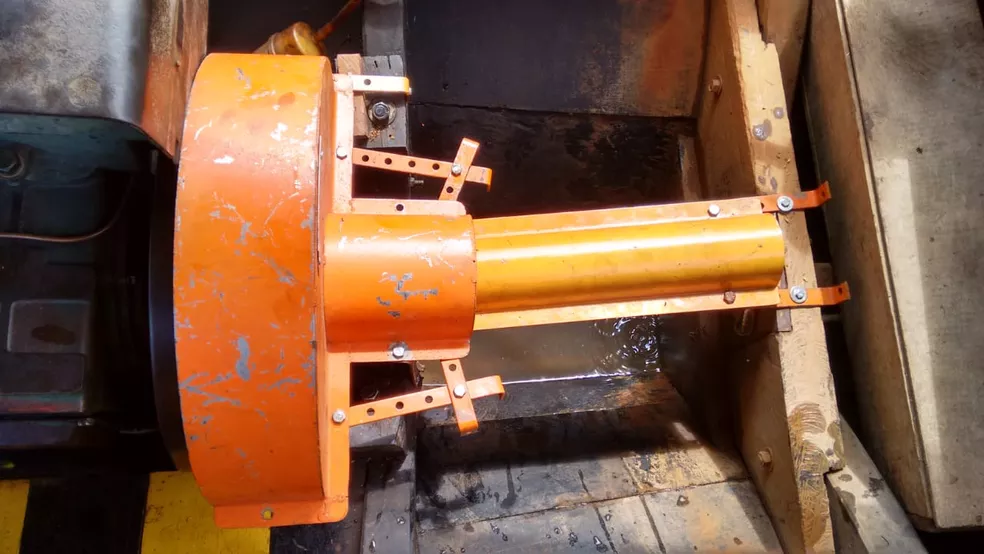Scalping: the accident that marks the lives of women in the Amazon
02 de September de 2025

By Marcela Leiros – From Cenarium
MANAUS (AM) – In the Amazon, rivers are highways and boats are part of everyday life. For those who live in the region, sailing can be essential for daily activities such as going to school, the hospital, or the market. In this same setting, however, one of the region’s most serious accidents occurs: scalping, when hair (and, in more severe cases, part of the scalp and skin) is ripped off by the drive shaft of small boat engines.
More than a physical mark, the violence of this accident leaves deep wounds on self-esteem, especially among women, who represent the majority of victims. Many suffered the accident still in childhood or adolescence and grew up facing stares, prejudice, and invisible pain, in addition to painful treatments.

This is the case of two women who had to find strength where they didn’t even know it existed, to face the challenges after scalping: Suellen Soares Batista, from Amazonas, and Franciane da Silva Campos, from Amapá.
The first is a native of Parintins, 369 kilometers from Manaus. Today, at 34 years old, Suellen survived scalping in 2004. She told CENARIUM what her greatest challenge was after the accident.
“The big change that happened in my life after the scalping was learning to be stronger. I was just a 12-year-old child, and I had to be strong to face and know how to deal with the society we live in today,” shared the Amazonian.

The scalping happened on August 18, the day before her 13th birthday. Traveling with her family on their own boat toward her hometown, she remembers waking up early, leaving the hammock where she slept, to wash up. It was at that moment that Suellen’s life changed forever.
While passing through the engine room, she slipped near the unprotected shaft. In seconds, her hair was caught in the machine. The impact tore away 99% of her scalp, as well as part of her right ear and eyebrow, leaving injuries to her face, chest, and back. The severity of the scene shocked even the health professionals who attended her, marking her life forever.
“Since I was already close to Parintins, I received the first care right there and remained during the day until my family, together with some acquaintances, arranged for my transfer to Manaus. I was treated by a super blessed team, it was a shock because they had never dealt with the situation,” she recalls. After arriving in the state capital, she remained hospitalized until December 2004.

Consequences of scalping
Franciane, a resident of Santana (AP), also carries to this day the marks of the accident she suffered on August 5, 1984, around 11 a.m., when traveling by boat with her father. At lunchtime, she dropped her spoon and, as she bent down to pick it up, her hair was pulled into the drive shaft of the boat. The accident resulted in total scalping, with the loss of her hair, left ear, and sequelae in the eye on the same side.

Initial assistance was given in Serra do Navio, where she remained hospitalized for 40 days. She was later transferred to the capital Macapá, where she stayed for over a year. To this day, her routine is marked by constant pain, migraines, and health complications. “After the scalping, my life was different, with pain, prejudice that never ends. It is hard, it has been hard, today I am 46 years old and it’s still not easy,” she told CENARIUM.
Rebuilding self-esteem
Suellen faced, and still faces head-on, a long health treatment. In 21 years, she underwent 36 surgeries. Even with reconstruction of the affected area, and the use of synthetic wigs and scarves, trauma and scars weighed heavily on her self-esteem. Yet the Amazonian did not give up on life.
“Of course, many thoughts came, like ‘Oh, I’m not going to be able to study anymore, leave the house, make new friends or be around people because I’ll feel ashamed.’ From the moment I put in my head that I had survived an accident in which I had very little chance, I said: ‘I’m going to live, from now on I just want to live,’” she declared, recalling that she began to have a dream.
“Throughout the whole period after the accident, there was the issue of self-esteem, the hair. So I looked for people, together with my family, to get a natural hair wig, but I would say: ‘How am I going to get it, since I can’t afford it?,’ because it’s very expensive,” Suellen remembered.
For years, this was her greatest wish. Until, in an online search, she found Wilke Cidade, a hairdresser who helps women in need of wigs, such as cancer patients. “Hair is a woman’s self-esteem, it’s the frame of the face. So, seeing Suellen happy, smiling, just like she is, with her hair beautiful, with natural hair, I feel fulfilled,” the beauty professional told CENARIUM.

For Franciane, self-esteem was only rebuilt at the age of 30, when she wore a wig for the first time. The simple gesture, according to her, meant a reunion with herself. “My self-esteem was rebuilt at 30, when I had the chance to wear my first wig and saw myself as a woman who managed to hide 80% of the defects on my face and head,” she detailed.
Importance of public policies
Cases like Suellen’s reveal the need for permanent action from public authorities and private institutions. For this reason, on August 28, Brazil observes the National Day for Combating and Preventing Scalping, a date that calls attention to victims of an accident that can even lead to death.
In Pará, a study by the Amazon Foundation for Support to Studies and Research (Fapespa), prepared by the Directorate of Socioeconomic Studies and Conjunctural Analysis (Diepsac), revealed that only three states record scalping cases: Pará, Amapá, and Amazonas, with the first registering the highest numbers. In 2009, for example, the state had its highest rate, with 22 victims.
That same year, Law 11,970 made it mandatory to use protection on engines, shafts, and moving parts of boats, to safeguard passengers and crews. Among these policies is the replacement or covering of the so-called center engine, which usually remains exposed in boats, increasing the risk of accidents. According to the Brazilian Navy, from 2018 to 2025, 1,760 drive shaft covers were installed in Pará and Amapá.

The full interview with Suellen Soares can be watched on the CENARIUM TV channel, available on YouTube.

